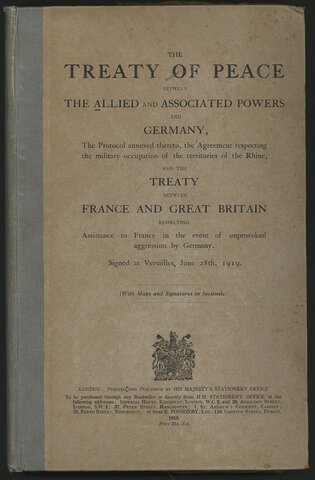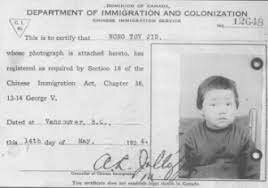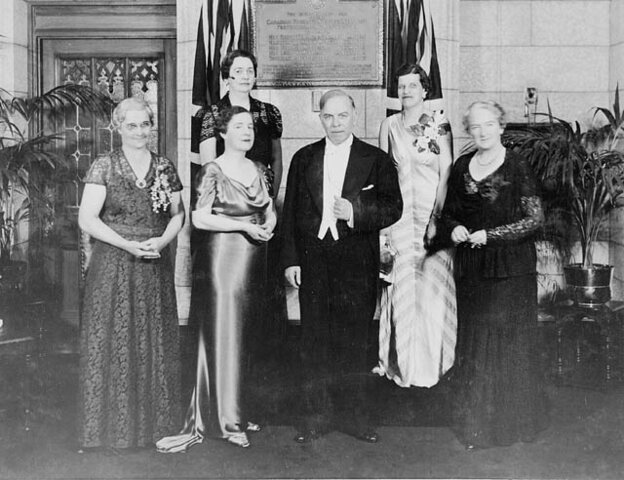-
 The Indian act was enacted to assimilate indigenous people by terminating the cultural, social, economic, and political distinctiveness of Indigenous peoples. This resulted in many deaths of young kids and a significant loss of language. This act is an example of discrimination in the 1920s.
The Indian act was enacted to assimilate indigenous people by terminating the cultural, social, economic, and political distinctiveness of Indigenous peoples. This resulted in many deaths of young kids and a significant loss of language. This act is an example of discrimination in the 1920s. -
 The Canadian Army captured Vimy Ridge in France which was vital to win world war one. This battle was a great achievement for Canada developing a international identity.
The Canadian Army captured Vimy Ridge in France which was vital to win world war one. This battle was a great achievement for Canada developing a international identity. -
 In 1917 there was controversy about whether men should be conscripted to fight in the war. This debate revealed many issues regarding the relationship between french Canadians and English Canadians which divided Canada in two.
In 1917 there was controversy about whether men should be conscripted to fight in the war. This debate revealed many issues regarding the relationship between french Canadians and English Canadians which divided Canada in two. -
 The Wartime Election Act extended the right to vote to women in the armed forced and to women with relatives fighting in the war. This allowed certain women to participate in the government.
The Wartime Election Act extended the right to vote to women in the armed forced and to women with relatives fighting in the war. This allowed certain women to participate in the government. -
 The Treaty of Versailles officially ended world war one. It declared the terms of the war and the punishment of Germany and its allies. The goal of this treaty was to create peace between countries.
The Treaty of Versailles officially ended world war one. It declared the terms of the war and the punishment of Germany and its allies. The goal of this treaty was to create peace between countries. -
 The telephone became increasingly used in the 1920s. It substantially improved life by allowing for instant communication which saved people time and opened up more jobs for people to have.
The telephone became increasingly used in the 1920s. It substantially improved life by allowing for instant communication which saved people time and opened up more jobs for people to have. -
 Sir Frederick G Banting, Charles H Best and JJR Macleod from the University of Toronto discovered the chemical formula for insulin and were able to use it to treat people with diabetes. This innovation saved many lives and provided relief to people afraid of diabetes.
Sir Frederick G Banting, Charles H Best and JJR Macleod from the University of Toronto discovered the chemical formula for insulin and were able to use it to treat people with diabetes. This innovation saved many lives and provided relief to people afraid of diabetes. -
 The Chinese immigration act was enacted to prevent Chinese people from moving to Canada by requiring a head tax to enter Canada. Canada did not want Chinese people to take the jobs and resources from "real" Canadians. This resulted in many Chinese families being separated. This act is an example of discrimination in the 1920s
The Chinese immigration act was enacted to prevent Chinese people from moving to Canada by requiring a head tax to enter Canada. Canada did not want Chinese people to take the jobs and resources from "real" Canadians. This resulted in many Chinese families being separated. This act is an example of discrimination in the 1920s -
 The King Byng Affair was a constitutional crisis. It was a dispute about which party should be elected. The Conservatives have more votes but the Liberals were supported by the Progressives. Government issues would be resolved by the British but in this case Canada was able to find a solution without Britain. This established greater independence for Canada.
The King Byng Affair was a constitutional crisis. It was a dispute about which party should be elected. The Conservatives have more votes but the Liberals were supported by the Progressives. Government issues would be resolved by the British but in this case Canada was able to find a solution without Britain. This established greater independence for Canada. -
 The Persons Case was a case that made women become legally persons. This allow women to be more independent and claim ownership of assets. Such as being able to vote, join the senate and claim property.
The Persons Case was a case that made women become legally persons. This allow women to be more independent and claim ownership of assets. Such as being able to vote, join the senate and claim property.
